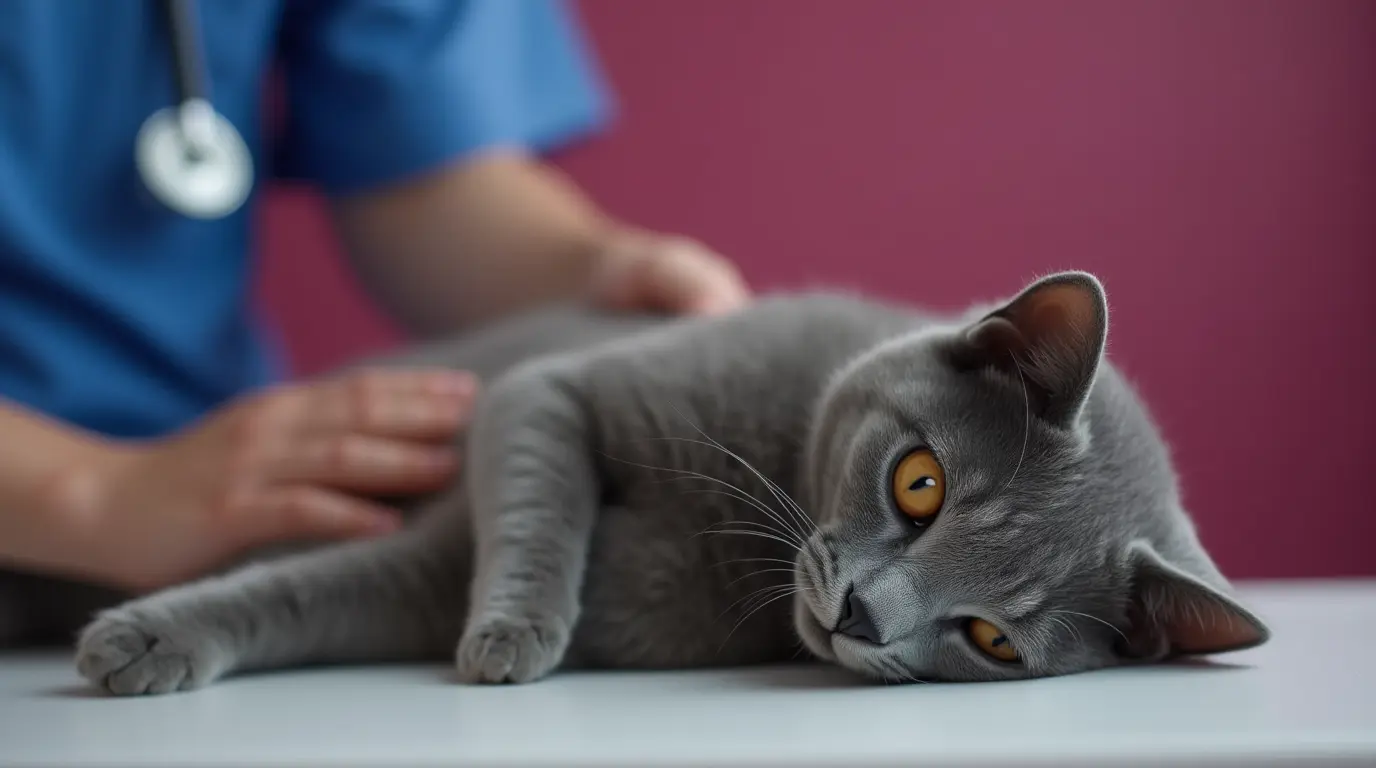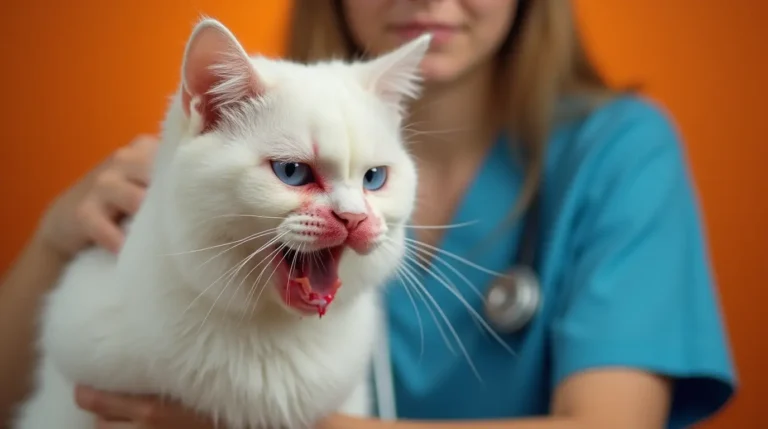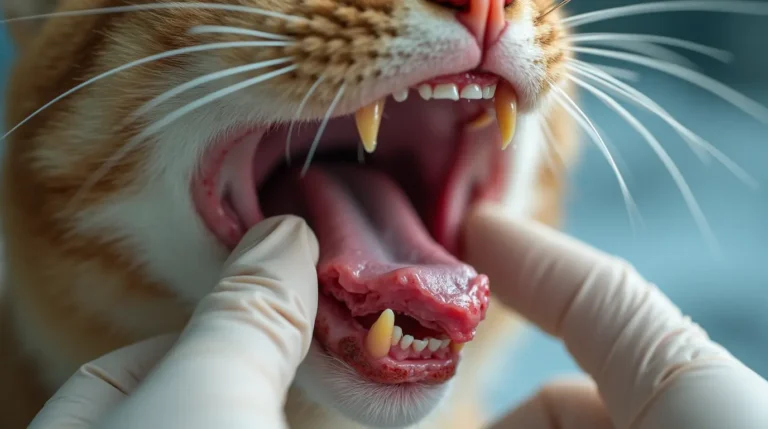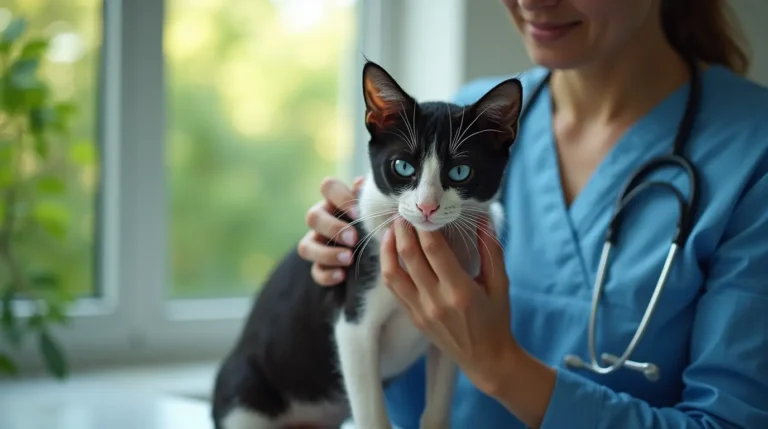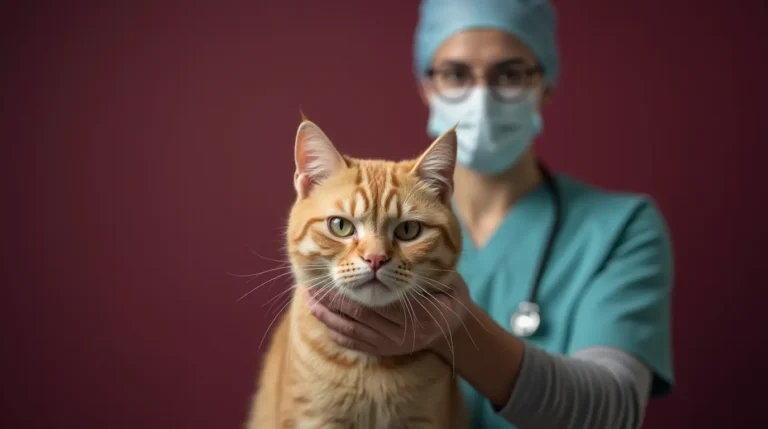Discover the 5 critical early signs of Chronic Kidney Disease in Cats, learn management strategies, and protect your feline’s health with our comprehensive guide.
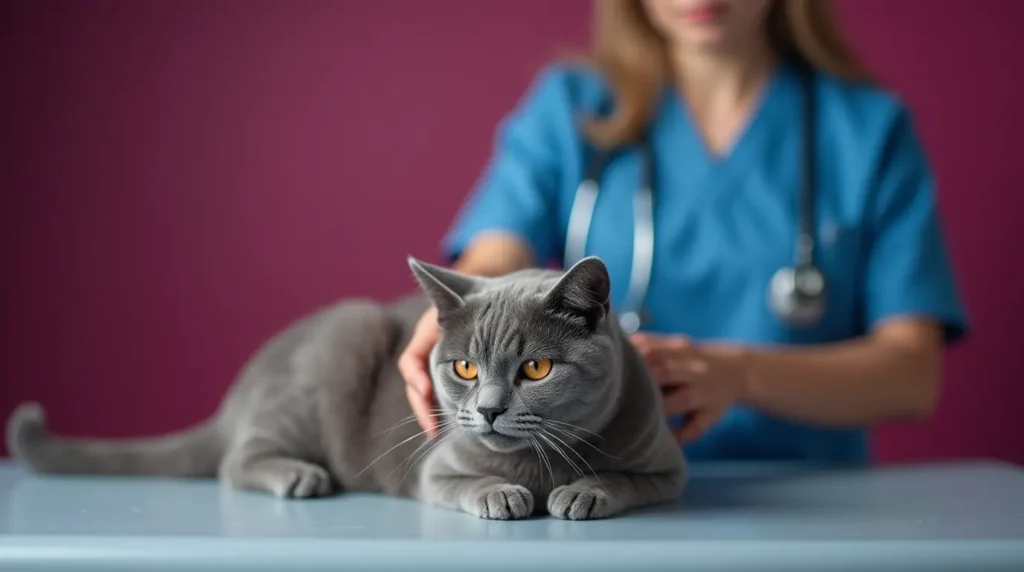
Table of Contents
Chronic Kidney Disease (CKD) is a silent but serious health challenge facing many feline companions. As one of the most common age-related conditions in cats, understanding Chronic Kidney Disease in Cats can mean the difference between early intervention and advanced health complications. This comprehensive guide will walk you through the critical early signs, management strategies, and everything pet owners need to know about this prevalent feline health issue.
Understanding Chronic Kidney Disease in Cats
What is Chronic Kidney Disease?
Chronic Kidney Disease is a progressive condition where a cat’s kidneys gradually lose their ability to function effectively. Unlike acute kidney problems, CKD develops slowly over months or years, making early detection crucial for managing your cat’s long-term health.
Prevalence and Risk Factors
- Approximately 30-40% of cats over 10 years old are affected by CKD
- More common in senior cats aged 7 and above
- Certain breeds like Persian and Siamese cats have higher genetic predispositions
5 Critical Early Signs of Chronic Kidney Disease in Cats
1. Changes in Water Consumption and Urination
Red Flags to Watch:
- Increased water intake
- More frequent urination
- Larger volume of urine in litter box
- Potential accidents outside the litter box
Why This Happens: As kidneys lose function, they struggle to concentrate urine, leading to increased thirst and urination.
2. Weight Loss and Decreased Appetite
Observable Symptoms:
- Sudden weight loss
- Reduced interest in food
- Visible muscle mass reduction
- Potential nausea or vomiting
Metabolic Impact: Kidney disease disrupts protein metabolism and can cause hormonal imbalances affecting appetite.
3. Dental and Oral Health Changes
Key Indicators:
- Bad breath (beyond typical cat breath)
- Pale or ulcerated gums
- Obvious dental deterioration
- Difficulty eating
Connection: Kidney disease can cause toxin buildup, directly impacting oral health and overall well-being.
4. Behavioral and Energy Level Shifts
Subtle Warning Signs:
- Decreased play activity
- More frequent sleeping
- Reduced grooming
- Potential depression-like symptoms
Physiological Explanation: Toxin accumulation and metabolic changes contribute to reduced energy and altered behavior.
5. Coat and Skin Condition Alterations
Visible Changes:
- Dull, dry coat
- Reduced skin elasticity
- Potential skin inflammation
- Slower wound healing
Underlying Mechanism: Kidney dysfunction affects overall nutrient absorption and metabolic processes.
Diagnostic Approaches
Veterinary Screening Methods
- Blood Tests
- Creatinine levels
- Blood Urea Nitrogen (BUN)
- Electrolyte panel
- Urinalysis
- Protein levels
- Specific gravity
- Potential infection markers
- Imaging Techniques
- Ultrasound
- X-rays
- Kidney size and structure evaluation
Management Strategies for Chronic Kidney Disease
Dietary Interventions
Recommended Nutritional Approaches:
- Low-phosphorus diets
- Moderate protein consumption
- Enhanced omega-3 fatty acids
- Increased moisture content
Veterinary Treatments
- Fluid Therapy
- Phosphate Binders
- Blood Pressure Medications
- Potassium Supplements
Holistic Management Techniques
- Regular veterinary check-ups
- Stress reduction
- Comfortable living environment
- Gentle exercise
- Consistent hydration
Recommended Pet Products on Amazon
- Hill’s Prescription Diet k/d Kidney Care Cat Food
- Purina Pro Plan Veterinary Diets NF Kidney Function Wet Cat Food
- Cat Water Fountain by PetSafe
- Omega-3 Fish Oil Supplements for Cats
Frequently Asked Questions (FAQ)
Q1: How quickly does Chronic Kidney Disease progress?
Progression varies, but early detection and management can significantly slow deterioration.
Q2: Can Chronic Kidney Disease be reversed?
Unfortunately, CKD is not reversible, but it can be effectively managed to improve quality of life.
Q3: What is the life expectancy after diagnosis?
With proper management, cats can live 2-4 years post-diagnosis, depending on individual factors.
Q4: Are there preventive measures?
Regular veterinary check-ups, balanced diet, and maintaining a stress-free environment can help.
Q5: How expensive is CKD treatment?
Costs vary but can range from $500-$3,000 annually, depending on severity and required interventions.
Conclusion
Understanding Chronic Kidney Disease in Cats empowers pet owners to provide timely, compassionate care. Early recognition, professional veterinary guidance, and proactive management can significantly enhance your feline friend’s quality of life.
Share Your Experience: Have you dealt with Chronic Kidney Disease in cats ? We’d love to hear your story and insights in the comments below!
Disclaimer: This article is for informational purposes and should not replace professional veterinary advice.
Explore More Pet Care Tips at BlithePet

